Western Bulk Herbs – Blue Cohosh
Blue cohosh is used to regulate the menstrual cycle and to ease painful cramps. It’s also used for endometriosis, Chlamydia, and cervical dysplasia. It nourishes and revitalizes the uterine tissue after pregnancy, miscarriage, abortion, or coming off the pill.
Native American used it as a contraceptive and sometime mixed it with Pennyroyal to abort an unwanted pregnancy. Blue cohosh causes the uterus to contract and makes birth easier or can terminate in the early stages of pregnancy.
Latin Name:
Caulophyllum thalictroides
Common Names:
Beechdrops, Pappoose Root, Squawroot, and Blueberry Root.
Parts Used:
Root
Properties:
-Emmenagogue, antispasmodic, diuretic, diaphoretic and anthelmintic
Traditional Uses:
Should be taken as a tincture or decoction.
Culinary Uses:
Not used in cooking.
Chemical Properties:
methylcytistine, gum, starch, salts, extractive, phosphoric acid, soluble resin, greenish-yellow colouring matter, and a body analogous to Saponin.
Cautions:
Estrogen-dependent users should not use this cohosh. If you have kidney or bladder problems, this herbal root has a tendency to stress the kidneys if used in excess. It is not recommended for use by those who have kidney or heart problems of any kind, including high blood pressure and low blood pressure. Blue Cohosh should not be used during pregnancy due to its abortion effect.
Folk Lore:
North American Indians used blue cohosh to regulate their menstrual cycle and to terminate an unwanted pregnancy. They also used it to delay delivery or to encourage menstruation. The Eclectic doctors used blue cohosh to reduce labor pains, painful menstruation, stomach cramps, and for joints stiff from arthritis or rheumatism.
Researchers in India have discovered evidence that the American Indians may have been correct in using blue cohosh as a contraceptive. In animals, the herb inhibits ovulation.
Pagans or Wiccan practitioners use blue cohosh for grounding the third eye and psychic sleep.
*Disclaimer: These statements have not been evaluated by the Food and Drug Administration. This product is not intended to diagnose, treat, cure or prevent any disease.
Resources:
PDR for Herbal Medicines, 2000. Medical Economics Company, Montvale, New Jersey.
The New Holistic Herbal. David Hoffmann, 1990. Barnes and Noble Books, New York.
A Modern Herbal, Mrs. M. Grieve, (Dover Publications, New York, 1971)
Major Herbs of Ayurvedic.Compiled by Dahur Research Foundation and Dahur Ayurvet Limited, Ghaziabad, India., 2002. Churchill Livingstone, London, England.
Chinese Herbal Medicine: Materia Medica, Third Edition, Dan Bensky and Andrew Gamble, 1986. Eastland Press, Seattle, WA.
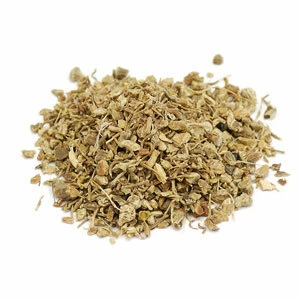
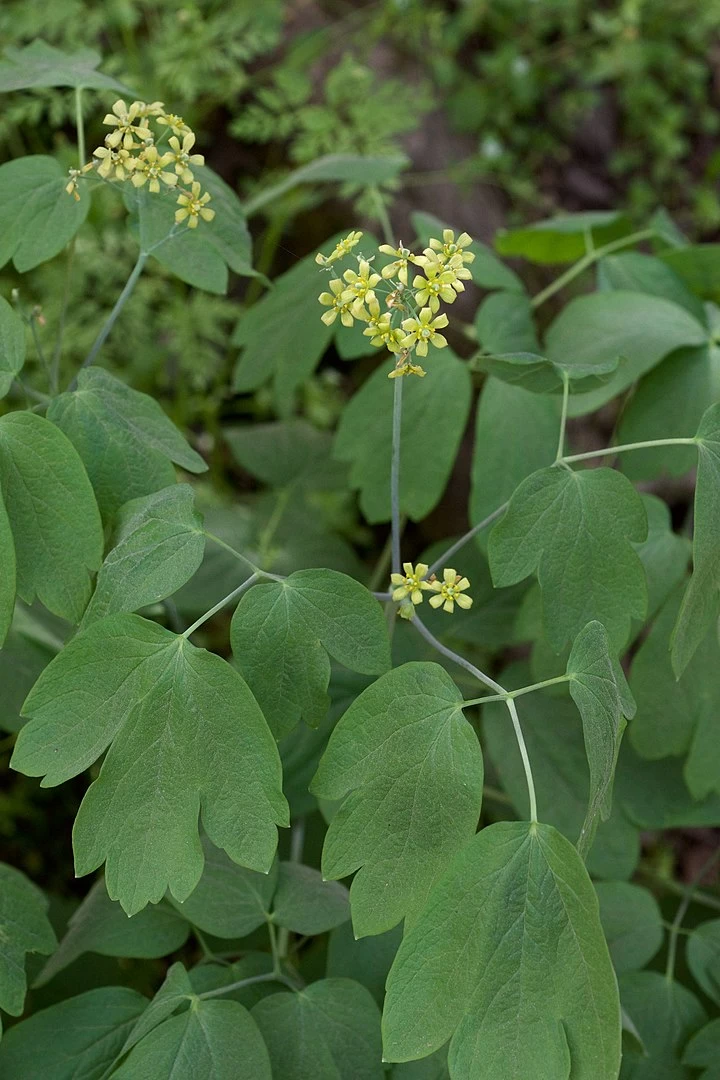
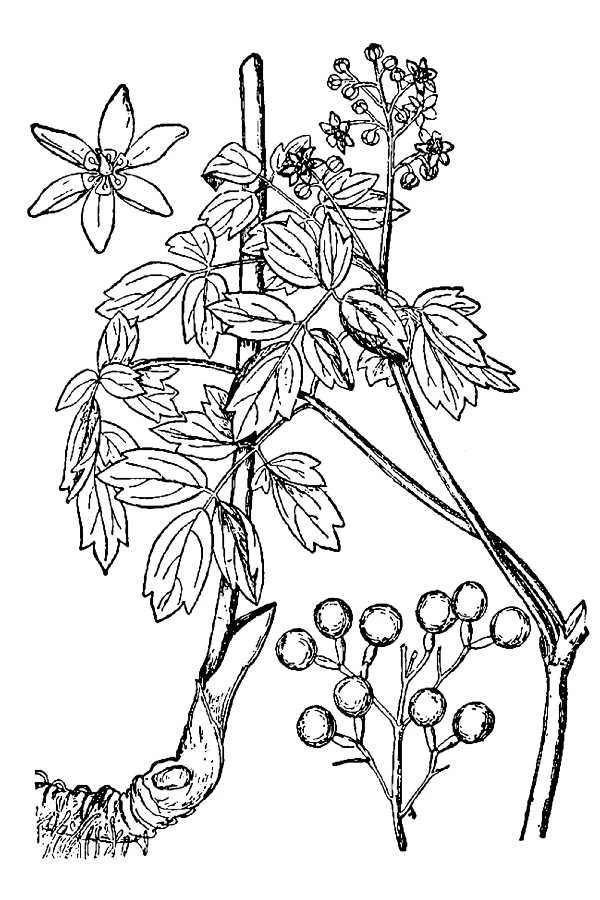
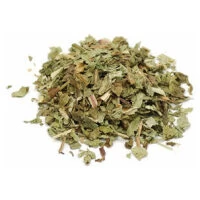
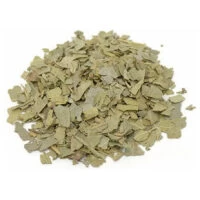
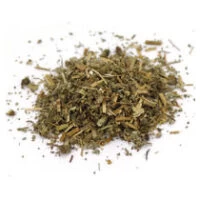
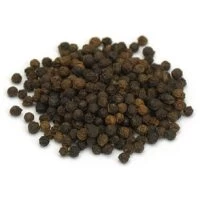
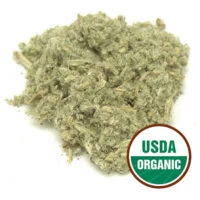
Reviews
There are no reviews yet.